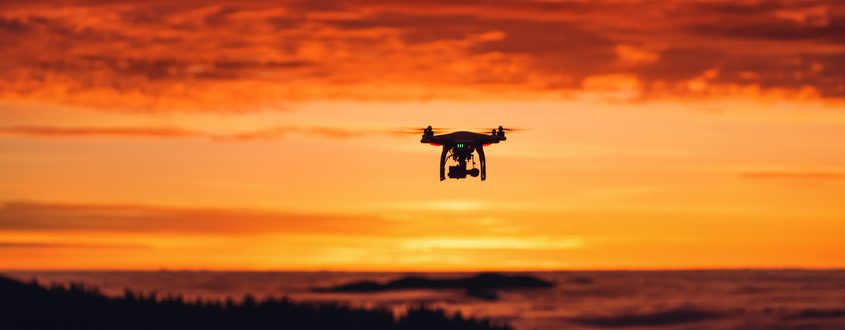It might sound obvious, but maps are really useful. Can you imagine making it across town to a restaurant you’ve never been to before without your trusty map application? While it’s great that maps can help you find your way around town, they are also transforming government’s ability to gather and analyze information. Imagery analysis methods provide data that help better inform topics like environmental monitoring and natural resource management.
To learn more about how imagery analysis is shaping policy, GovLoop sat down with Esri’s Kurt Schwoppe, Imagery Business Development Manager, Jim Michel, Image Scientist and Sara Schwoppe, Solutions Engineer for a recent online training, “How Maps Derived from Imagery Help Gov Understand the Whole Story.”
Evolution of Aerial Imagery
All over the world there are places in need of the powerful capabilities of maps born from imagery. For example, invasive species choking wetlands, erosion threatening a historic property, or a toxic land fill reaching its capacity. “Image maps allow users to measure and locate what can be done to solve these problems by working with layers of geospatial data for detailed longitudinal analyses,” Kurt Schwoppe explained.
There are three main ways to capture images to perform these analyses: remote sensing satellites, radar imagery detection (LIDAR), and aerial drones. Each are useful for different kinds of imagery collection. For example, remote satellites are valuable for collecting land cover data while LIDAR uses lasers for precision collection. However, drones are particularly versatile and are being used more and more to capture aerial imagery because they are the most cost effective way to gather high resolution images.
Kurt Schwoppe emphasized that drones are set to transform the collection and use of imagery. This is in part because the images drones gather can be used to create 2D and 3D map products. They can also build complex models to enhance understanding of the area of interest. Unlike other aerial imagery collection tools, drones are capable of safely inspecting hard to reach locations as well as real time monitoring of public safety and security through motion imagery.
Functionality of ArcGIS Platform
While collection of aerial imagery is important, it is only the first step. Once images are gathered, they must be compiled and analyzed. Esri’s ArcGIS platform is one solution for meeting agencies’ imagery analysis needs. Kurt Schwoppe explained, “the platform readily works with all types of imagery from different types of sources in a three-tiered process.”
At the server level the imagery management tools ingest and catalogue the images. They are then fed into the analytical tier, which is a highly automated processing tool that transforms the raw imagery into meaningful information. From there, applications can be built to where actionable information can be derived from the imagery to inform policy and decision makers.
Esri’s Drone2Map product is a particularly useful tool. Drone2Map seamlessly integrates the analysis, inspection, and monitoring functionality of drones with the ArcGIS platform to quickly create map models. “By taking imagery the user can create map products that can be utilized throughout the ArcGIS platform,” Michel explained.
Models born from Drone2Maps are valuable for driving policy however, they can be made even more useful when the information is used in an application. Sara Schwoppe explained, “users can create a custom web application to visualize your imagery and collect information from your imagery analysis through Web AppBuilder for GIS.” The AppBuilder is particularly useful because users can create and deploy the app entirely on the platform without having to write a single line of code. Ultimately, these web-based applications are an easy way to connect end users, allowing for agility and efficiency in the field.
For more information on how your agency can use maps to visualize data and drive decisions, check out Esri’s ArcGIS Pro and ArcGIS Online.
